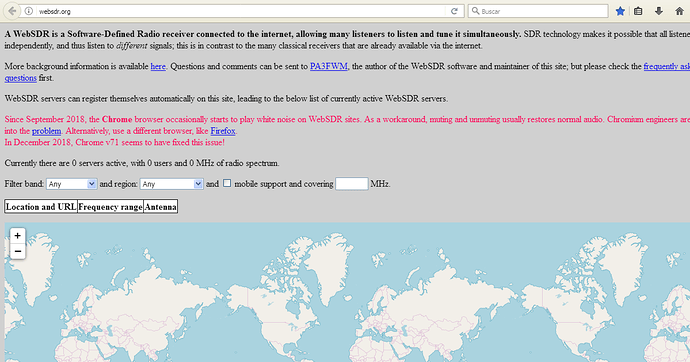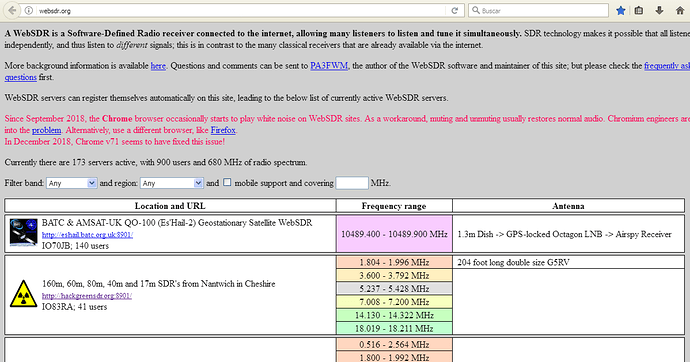Looking at this. IF your in Spain and your using remote SDR in states side to hear them, surely your signals from Your TX still have to reach the NA Sota for them to reply to you in first place still subject to propagation. It is about two way comms.
But may be in fairness to others stick with a good SDR with in own country . Yes the QRM is badly effecting bands below 7mhz especially 160m and 80m till some one can invent something to filter it out. I feel this RF from man made gear is going to have health effect one day as its all around us unless your in a cave in middle of no where.
BUT end of day it is not same as doing same thing using two way non propagational internet connections BOTH ways to which one and all would be a multi goat and multi sloth big time.
End of day your still subject to propagation on the signal reaching the SDR to yours reaching the Sota station unlike via internet which is not effected by propagation. Hence why I like being a ionospheric jockey as we are all doing. Using relays from country other than own is not allowed fair do’s like that america whom taps into the remote of the Austrian relay station not heard of late he’s been quiet mind you not been on so much 20m of late.
Just a thought and a medium needed to be reached so can be introduced as a rule but discussed openly so a happy medium can be found.
To me is your using SDR in the same cont but different to yours should be registered as a ISWL point.
So how about using SDR BUT with in your country your in and not another cont the Sota op is in . And if he’s in your country no SDR and rely more on propagation, or more trips portable into country side… Just a thought.
And to the gent whom brought this up your brave and thanks for rasing this question for us to talk about
Karl 2E0FEH


